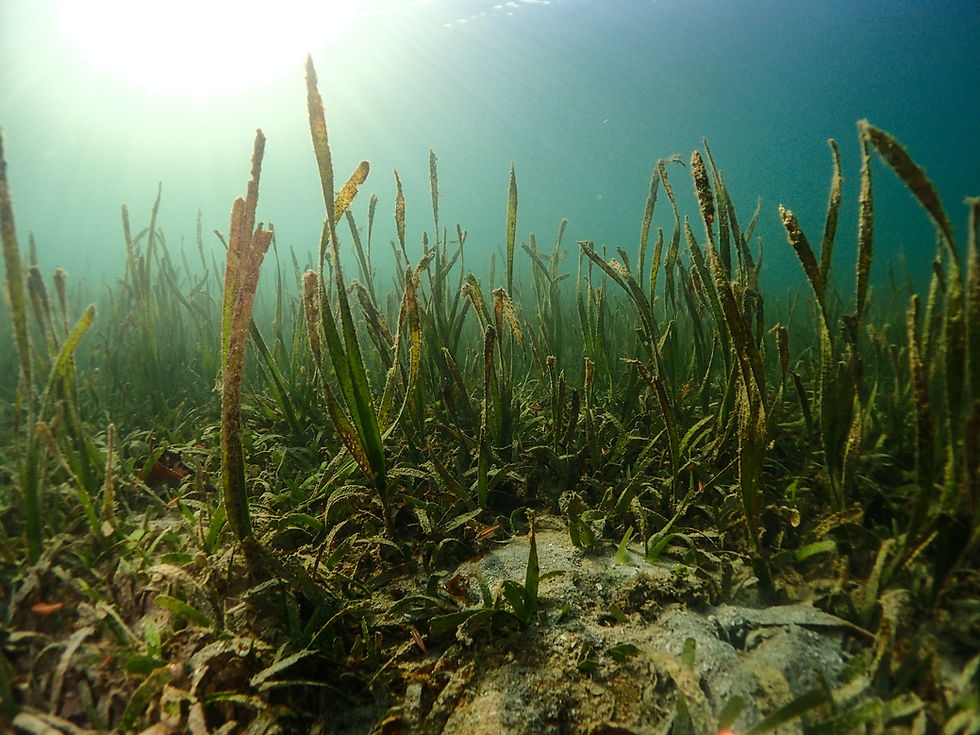No secret ingredient, just plants.
In addition to the nutritional benefits of our ingredients, we are also committed to sustainable sourcing and production. Our seaweed is harvested from the pristine waters of northwest Ireland, where the ecosystem is infused with limestone mountains that naturally fertilize the water. We are developing a new platform for growing seaweed that is both good for the planet and can create a food supply for generations. With some of the best conditions, depths, and currents for scaling up seaweed, Ireland is the perfect location for us to grow and harvest our ingredients. At Sea & Believe, we are proud to offer delicious and sustainable food that is good for both our bodies and the planet

The mission: reduce environmental footprint for a kinder, greener tomorrow.
At Sea & Believe, we acknowledge the potential of seaweed farming to mitigate ocean acidification and establish sustainable fish habitats. Our commitment is to develop a new ecosystem of food and health products that not only rejuvenates ocean health but also revitalizes local fishing communities.
Through innovative technology and a brand rooted in sustainability, we strive to disrupt the way food is currently produced by creating delicious and nutritious seafood alternatives derived from the natural benefits of seaweed. Our ultimate mission is to see our oceans flourish once again.


Unrivaled nutrition and taste, powered by Irish seaweed.
At Sea & Believe, we take pride in sustainably cultivating Palmaria palmata off Ireland's coast. This versatile seaweed restores ecosystems and offers antiviral, anti-inflammatory, and antioxidant properties. In skincare, it acts as a "film former," providing lotions with a smooth texture and serving as a natural emollient, protecting against environmental damage. Palmaria palmata extract actively stimulates the skin, promotes cell growth, boosts collagen production, and enhances overall skin appearance, showcasing unique MAA characteristics. Committed to health, our products feature superior nutritional content, boasting an impressive 23% protein level.

Negative Carbon Footprint
Less Land Use
Less Water Use
More Biodiversity
Seaweed farming has the capacity to sequester up to 20 times more carbon dioxide per unit area than land-based plants. In contrast, the carbon footprint of seafood production is estimated to be 2-25 times higher than that of seaweed farming.
Seaweed requires no land, no fertilizer or feed arable land, while seafood production can contribute to deforestation or other land-use changes associated with traditional agriculture or aquaculture. It is estimated that about 70% of the world's fisheries are either fully exploited or overexploited, putting additional pressure on land-based agriculture.
Seaweed cultivation doesn't rely on freshwater, unlike water-intensive seafood production. For instance, producing 1 kilogram of farmed salmon requires approximately 20,000 liters of water, whereas seaweed cultivation only necessitates the energy to pump seawater
Seaweed farming promotes increased diversity, and we've observed the return of mackerel stocks to the area. Moreover, it doesn't entail the use of antibiotics or other chemicals that could harm aquatic ecosystems or disrupt natural food chains.
The Facts
Our Impact
.jpg)